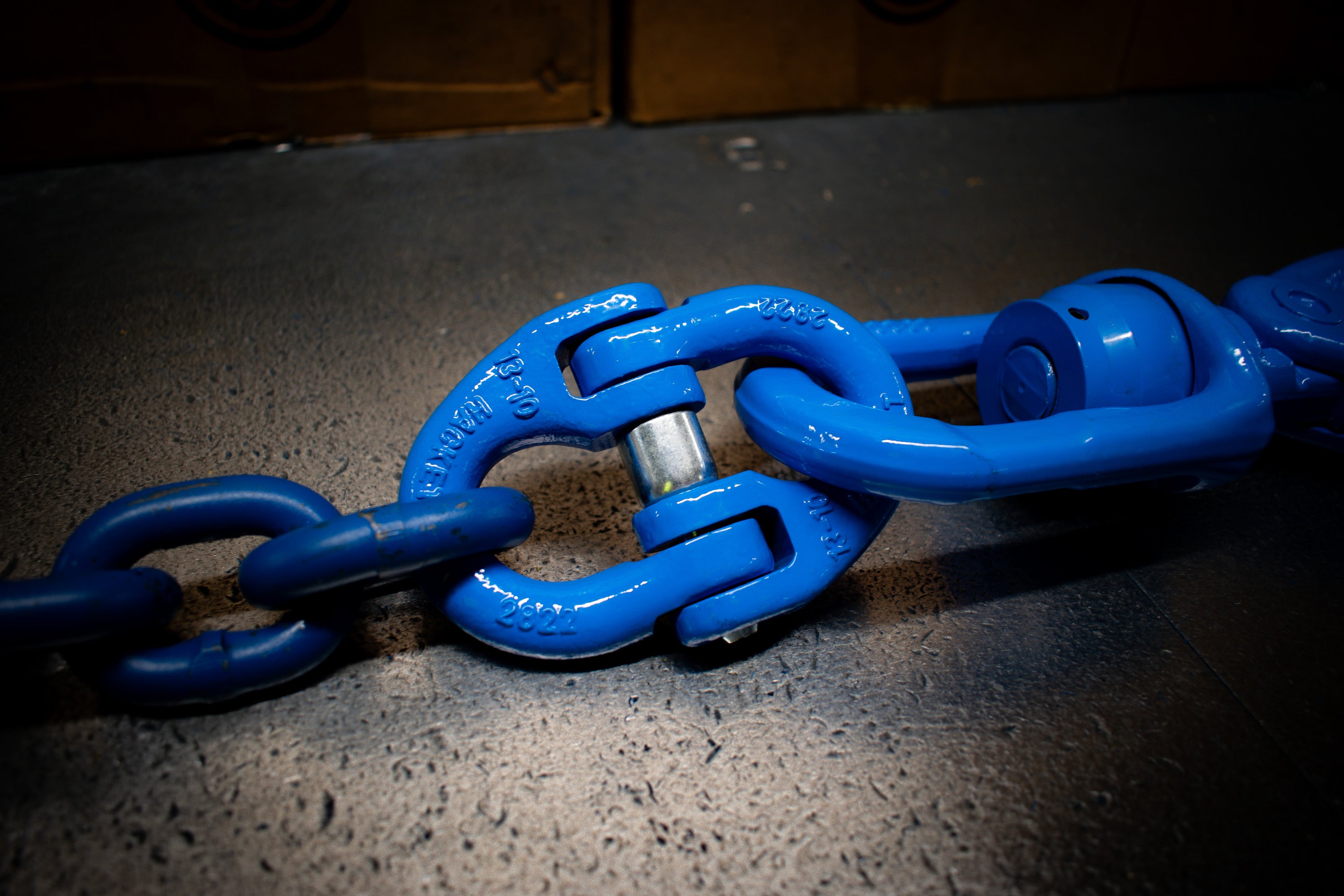Welcome to SlingSmarter, your trusted source for lifting and rigging insights. In this blog post, we'll delve into a critical aspect of
hoisting chains – the minimum grade required for constructing reliable lifting chains. As a key component in lifting and rigging with cranes and hoists, the grade of the system plays a crucial role in ensuring the safety and efficiency of operations.
The Significance of Chain Grade:
The grade of or the assembly refers to its material composition, strength, and durability. In the context of chains, selecting the appropriate grade is paramount for meeting the demands of various lifting applications. The minimum grade required for alloy slings is determined by factors such as load capacity, working conditions, and industry standards in the location/country they are being used in.
Key Considerations for Minimum Chain Grade:
1. Working Load Limit (WLL):
- The WLL of a system is the maximum load it can safely handle under normal working conditions. This value represents that of the complete assembly and does not apply on a single-leg basis.
- Ensure that the minimum grade of components selected meets or exceeds the expected WLL of the sling assembly to guarantee a robust and safe lifting system.
2. Material Strength:
- Chains are typically manufactured from various materials, with alloy steel being a common choice for its strength and durability.
- Consider the material strength required for your lifting tasks, and choose a minimum steel grade that aligns with industry standards and safety regulations.
3. Environmental Conditions:
- Assess the working environment for factors such as temperature, corrosion, and abrasion.
- In corrosive or harsh conditions, opting for a higher-grade chain sling with enhanced resistance can prolong the lifespan of the sling.
Industry Standards and Regulations:
Various standards and regulations provide guidelines for determining the minimum grade of chain for specific applications. The Occupational Safety and Health Administration (OSHA) and the American Society of Mechanical Engineers (ASME) are among the organizations that set standards to ensure the safety of lifting equipment.
Choosing the Right Grade for Your Chain Sling:
1. Grade 80 Chains:
- Commonly used for general-purpose lifting applications.
- Offers a balance of strength and affordability.
2. Grade 100 Chains:
- Provides a higher working load limit than Grade 80 chains with the same diameter and so you get a lighter assembly with the same or a higher working load limit.
- Ideal for heavy-duty lifting tasks that demand increased strength.
3. Grade 120 Chains:
- Offers the highest strength among standard grades.
- Suitable for extreme lifting conditions and heavy loads.
Selecting the minimum grade of material for rigging chains is a critical decision that directly impacts the safety and efficiency of lifting operations. At SlingSmarter, we offer a range of high-quality rigging with various grades to meet the diverse needs of our customers. Explore our products today, and trust SlingSmarter for all your lifting and rigging solutions. Elevate your operations with the strength and reliability of our chain slings!


